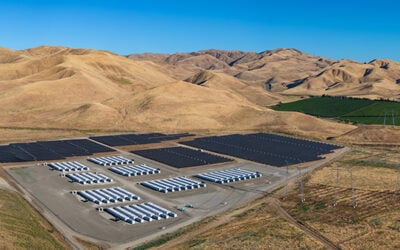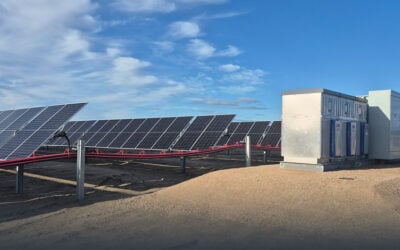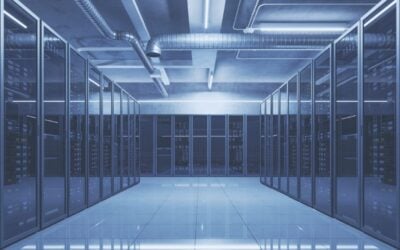Diagram of the Yerba Buena storgae system. Credit: PG&E
Battery energy storage systems have been integrated into California’s electricity market for the first time by a utility.
Starting in 2014, Pacific Gas and Electric Company’s (PG&E’s) demonstration project utilized the 2MW Vaca-Dixon and 4MW Yerba Buena battery storage systems to provide energy and ancillary services in California Independent System Operator (CAISO) markets.
The Vaca-Dixon system was the first battery in California to participate in the market, while the Yerba Buena system is the first battery to both participate in the market and provide backup to PG&E’s distribution system.
Some of the key achievements included deploying a scalable platform to automate the response of current and future PG&E battery storage resources to CAISO. Operators were also able to quantify financial performance of the batteries and assess the qualities of dual-use energy storage systems.
Try Premium for just $1
- Full premium access for the first month at only $1
- Converts to an annual rate after 30 days unless cancelled
- Cancel anytime during the trial period
Premium Benefits
- Expert industry analysis and interviews
- Digital access to PV Tech Power journal
- Exclusive event discounts
Or get the full Premium subscription right away
Or continue reading this article for free
The project was funded by California’s Electric Program Investment Charge (EPIC) programme.
Kevin Dasso, vice president, electric asset management, PG&E, said: “We see great potential for energy storage systems to benefit Californians. Through this demonstration PG&E has addressed multiple barriers and gained incredible operational experience with battery storage. We’ve identified and resolved challenging implementation issues, established a new interconnection process, and developed an automated dispatch system that will serve as a platform for continued market participation.”
Manho Yeung, senior director, transmission asset management, PG&E, said: “We’ve successfully tested how batteries actually perform in the markets, substantially helping to inform the conversation about energy storage in California. Now that we have put these elements in place, it will be much easier to bring future battery systems online.”
PG&E shared full results of the project in a report.
In 2017, PG&E will also utilize the Yerba Buena battery, located in the San Jose foothills, to demonstrate the coordination of third-party distributed energy resources, such as residential and commercial solar, using smart inverters and battery storage controlled through a distributed energy resource management system (DERMS).
Last month, commercial energy storage designer Green Charge teamed with PG&E to deliver grid services from distributed energy storage in San Jose, California.





